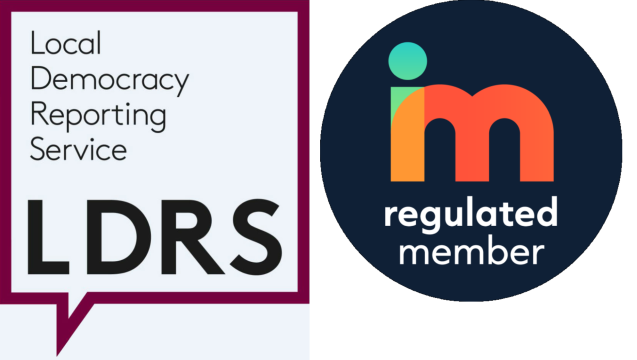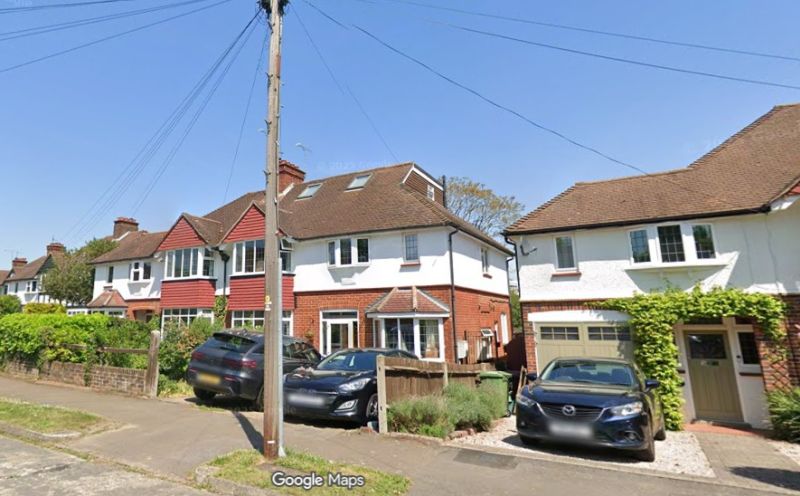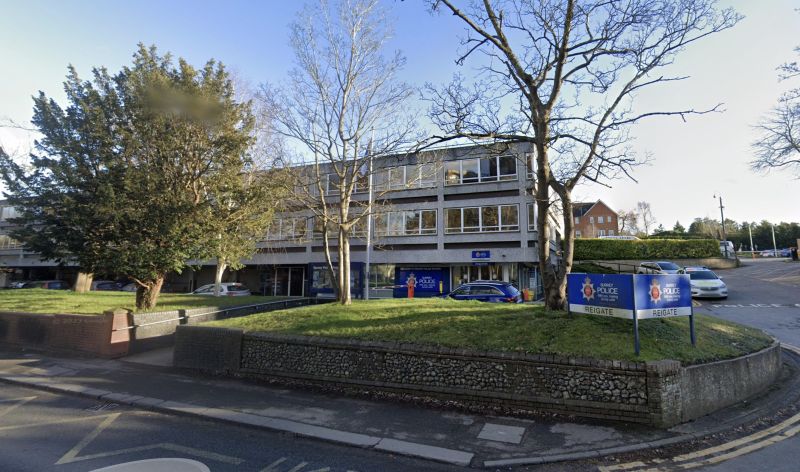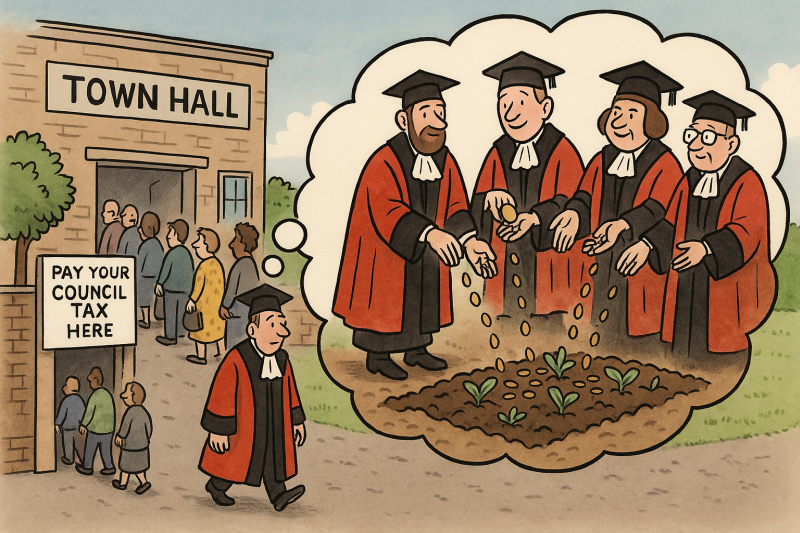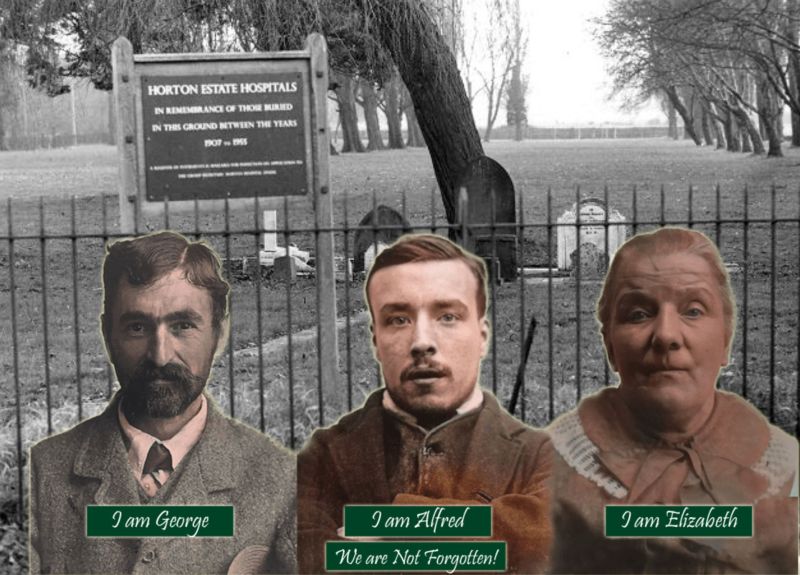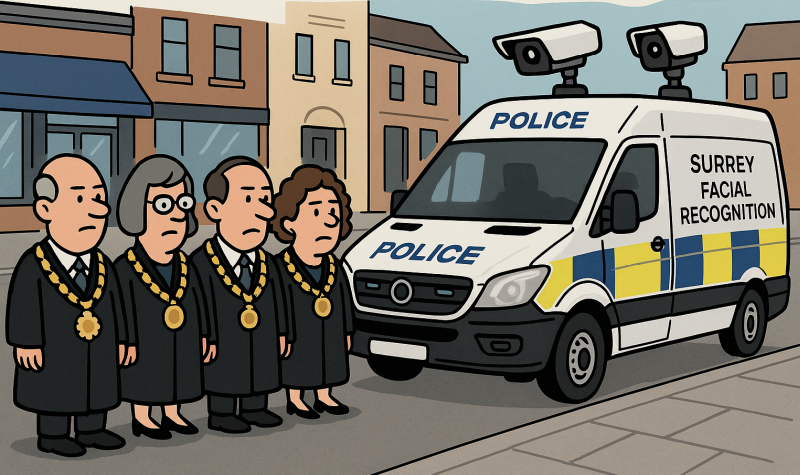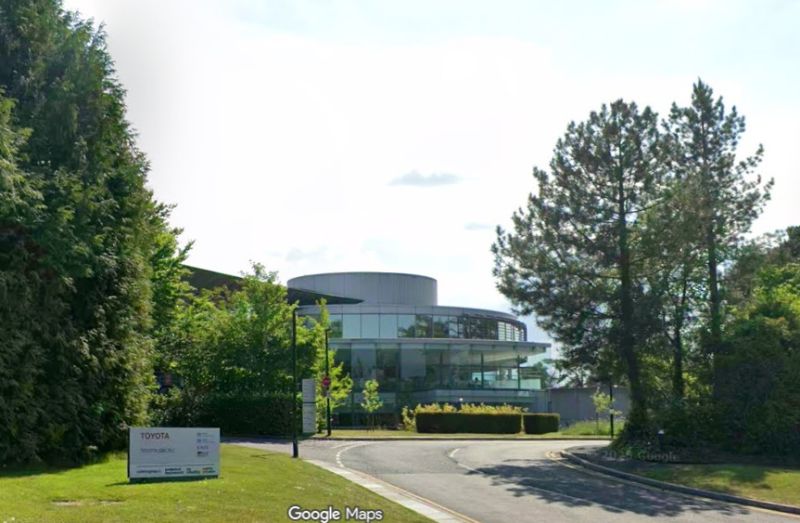Epsom and Ewell Press Release on Homelessness
Media Release: Housing Pressures and Homelessness: How Epsom & Ewell Borough Council is Tackling a National Issue
Insufficient housing levels, particularly affordable housing, is a national issue affecting individuals and families up and down the country and Epsom & Ewell is no exception.
The Government recently released their 2023 statutory homelessness figures, revealing a 12% increase nationwide in the number of households in temporary accommodation, with the figure now standing at over 112,000. The number of households with children in temporary accommodation rose even more sharply by 15%, now totalling 74,530 households.
As Councillor Hannah Dalton, Chair of the Epsom & Ewell Residents Association (Majority Group) and Housing Spokesperson for the District Councils’ Network, recently said in a letter about the homelessness crisis sent to the Deputy Prime Minister, The Rt Hon Angela Rayner MP:
“The human impact of this crisis is enormous. Families in temporary accommodation face huge challenges including disrupted education, health issues, and difficulty holding down a job. Homelessness undermines people’s lives and life chances.”
There are many factors that contribute to this nationwide problem; the lack of affordable housing, high rental rates, the ongoing cost of living crisis; and higher interest rates and mortgage costs to name a few.
Epsom & Ewell has proportionately one of the highest numbers of homeless households living in temporary accommodation in England and is in the top seven boroughs outside of London.
In Epsom & Ewell we face the additional challenge of the South East’s very high housing costs, coupled with a severe shortage of housing. Affordable housing options in the borough are severely limited, partly due to the low level of affordable housing development in recent years. There is also only a small stock of private rented properties available which are in very high demand.
So as a borough, we urgently need more housing of all types including, but not limited to, affordable housing. Every house fulfils a need that makes other housing available, improves supply and demand, and lowers costs.
The rising cost of temporary accommodation
We don’t have enough temporary accommodation in the borough to meet the large rises in demand we’ve seen over the last few years, so we often need to place people in nightly paid accommodation outside the borough. This can impact the household’s wellbeing and is very expensive: Epsom & Ewell Borough Council spent £1,665,493 on nightly paid accommodation in 2023/241.
At present, we have 160 homeless households in temporary accommodation in the borough and more than 90 homeless households in nightly paid accommodation outside of the borough. Many of these families may have to wait more than three years before temporary accommodation in the borough becomes available, and even longer before a permanent housing solution can be found for them.
Councillor Woodbridge, Chair of the Community & Wellbeing Committee, Epsom & Ewell, said: “The vast majority of homeless households are those who cannot afford suitable accommodation. Perhaps they are sofa surfing or living with family in overcrowded households.
43% of homelessness is due to eviction from a private rented tenancy, with a further 24% people experiencing homelessness after living with family or friends who are no longer willing or able to accommodate them. There is also a significant percentage of households fleeing violence.”
Epsom & Ewell’s very low supply of social rented housing is in high demand. Fewer than 90 social housing properties become available each year against about 1,300 households who are on the housing register.
The average waiting time for applicants with a high housing need2 is between 18 months and more than a decade, depending on the size of the property required. Those in lower housing need bandings have little or no prospect of being offered social housing.
The only alternative to social housing is private rented accommodation, which is very expensive – rising to an average of £1,630 in June 2024, an annual increase of 10.7% (the rise in the South East over the year was 8.2%)3.
“The housing team at Epsom & Ewell Borough Council undertake a huge range of actions and activities to mitigate and help solve the many challenges, as set out in the council’s Homelessness Strategy. Without the incredible work being done by this team, the situation would be much worse.” – Councillor Woodbridge, Chair of the Community & Wellbeing Committee.
Initiatives that Epsom & Ewell Borough Council undertake to prevent homelessness include:
- Prevention focus – liaising with family and friends of people at risk of homelessness, negotiating with private rent sector landlords on their behalf, and assisting with deposits.
- Private Sector Leasing (PSL) Scheme – the council leases a property for between three and five years from a private landlord for use as temporary accommodation: Epsom & Ewell Borough Council calls on landlords to sign up to their Private Sector Leasing Scheme | Epsom and Ewell Borough Council (epsom-ewell.gov.uk)
- Rent Deposit Scheme: the council is able to support residents with rental deposits that would otherwise be unaffordable, to help secure accommodation.
- The borough’s Local Plan, if approved, will bring much-needed development to the borough to help ease the pressure, costs and demand for housing. This includes a policy to increase affordable housing delivery on all eligible sites.
- Working with partners to increase local temporary accommodation options including utilising any Council owned sites and properties.
- Lobbying government in partnership with other local authorities, via the District Council Network (DCN) – recently, this has resulted in the Local Housing Allowance being increased, having not previously seen any increase since 2019.
- Working in partnership with landlords to bring empty properties back into use.
- Downsizing households in social housing to free up larger accommodation.
- Challenging developers to provide much needed affordable housing on eligible development sites.
- Working in partnership with Registered Providers to increase affordable housing.
Development of affordable housing
There are limited sites in the borough to develop affordable housing due to the size of the borough, the existence of the green belt and the cost of redeveloping brownfield sites.
Furthermore, the current National Planning Policy Framework (NPPF) states that smaller sites (fewer than 11 homes) are exempt from providing an affordable housing contribution, and commercial to residential ‘permitted development’ sites are not required to provide affordable housing either.
Councillor Woodbridge, Chair of the Community & Wellbeing Committee, said: “As a council, we are working hard to ensure that local people have a suitable home to live in. This is crucial for the wellbeing of our residents – a home is not just a physical space to live safely and comfortably. A home provides roots, identity, a sense of belonging and a place of emotional wellbeing.
We also want to be able to reduce the very high expenditure that is currently required to manage the housing crisis in the borough, so that we can continue to invest in, develop and protect the many other services that the council offers its residents. The many actions we are taking will help to ease the crisis for some, but this is a situation which requires significant action to bring about a long-term and sustainable solution.”
Case Study: Mr K
Mr K4, a self-employed professional and single father of two young children, had been renting privately for a number of years.
His rent was already £295 per calendar month (pcm) over the Local Housing Allowance (LHA) rate when he learnt that the landlord wanted to increase his rent by a further £200 pcm. Mr K could not afford to pay this increase and the landlord served an ‘s21 no fault’ eviction notice.
The average market rent for a 2-bedroom property in Epsom is £1,720 pcm, however the LHA rate is £1,200 pcm. The LHA rate is the maximum rent that is used to calculate how much Housing Benefit or Universal Credit someone is entitled to. Anything over the LHA will not be considered, and the shortfall will have to be paid by the tenant, in addition to their usual rent liability.
Mr K was unable to find alternative affordable accommodation as letting agents wanted prospective tenants to have either:
· a minimal annual income of at least 30 times the monthly rent
· a guarantor who earns 36 to 40 times the monthly rent,
· or pay 6 month’s rent in advance (even harder for Mr K as he was self-employed).
In addition, there were very few properties on the market and a lot of competition for them, with some properties going to sealed bids.
When the s21 notice expired Mr K felt he had no option but to approach the council as homeless. He was not previously known to the council and is an example of the increasing number of residents who are now unable to resolve their own housing problems and are becoming more reliant on the council for emergency homeless assistance.
When Mr K became homeless, the council provided self-contained temporary accommodation in the Croydon area. However, one of Mr K’s children has special educational needs, and they were struggling being placed out of borough, with childcare, access to schools, family support and specialised support services. This was the only accommodation available to the council at the time.
After a number of months in temporary accommodation in Croydon, Epsom & Ewell Borough Council’s Move-On Officer was able to find Mr K to find a privately rented 2-bedroom flat in Epsom and helped Mr K secure it by utilising the council’s Rent Deposit Scheme.
Ends
Editors Notes
1 This was due to a number of factors: the consistently high number of households approaching as homelessness, a 15% increase in rental costs by our accommodation providers and a lack of alternative accommodation options. The average net cost of nightly paid accommodation for a small family is about £23,000 a year, nearly 20% higher than it was in 2022/23. For those families who require three-bedroom or larger accommodation, the cost is £27,900 per year – we currently have 27 of these families in our borough.
2 High housing need includes issues such as: their current accommodation lacks basic facilities, doesn’t have enough bedrooms, they are experiencing homelessness, or they have high medical needs.
3 Office of National Statistics, 17 July 2024.
4In order to protect our resident’s anonymity, we have changed some of the details of this case study and amalgamated details from more than one person. The case study remains a fair and accurate representation.

